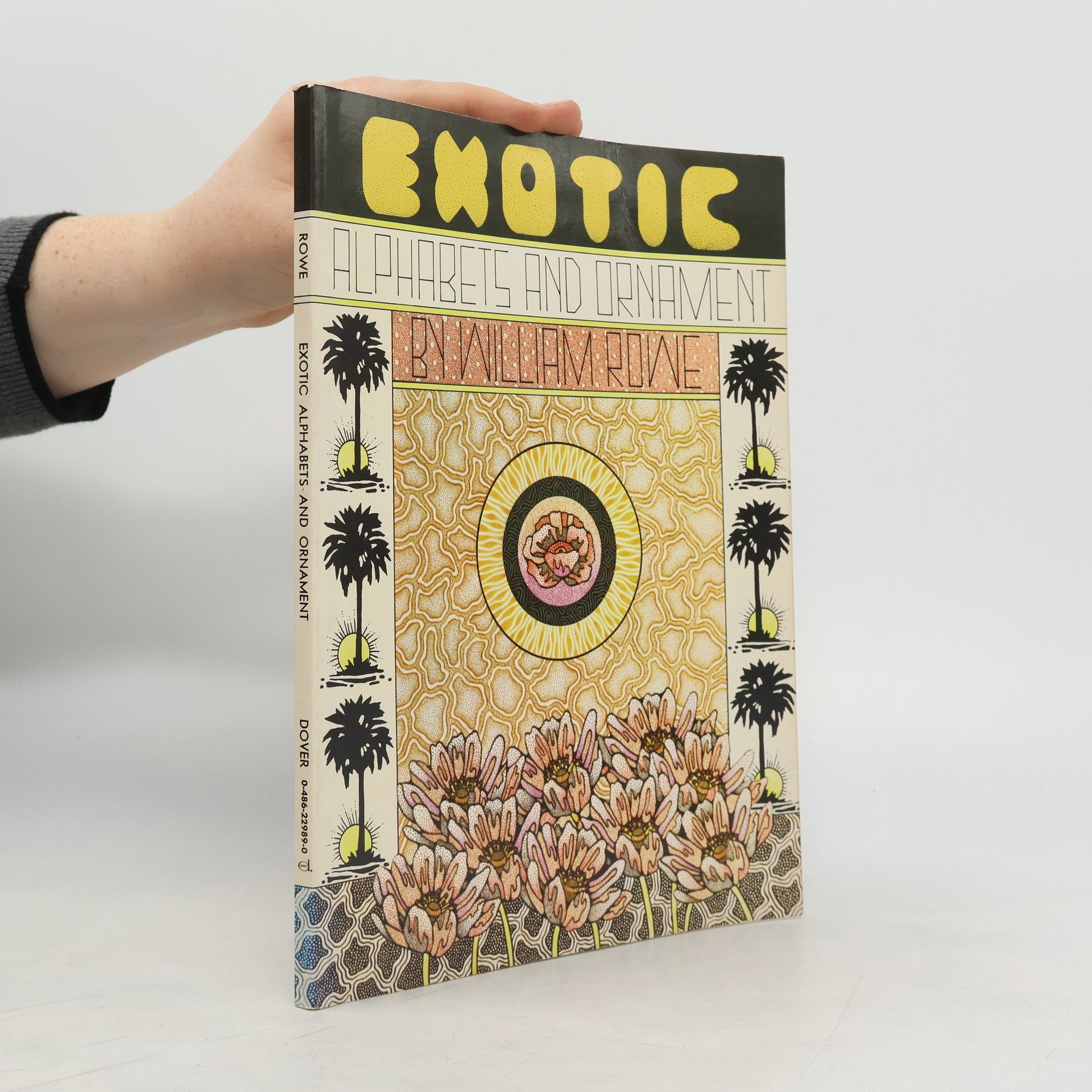The Ancient Alien Hypothesis: The Connections Between Ancient Archeological Sites and Ancient Extraterrestrials
- 348 páginas
- 13 horas de lectura




In Latin America, where even today writing has remained a restricted form of expression, the task of generating consent and imposing the emergent nation-state as the exclusive form of the political, was largely conferred to the image. Furthermore, at the moment of its historical demise, the new, 'postmodern' forms of sovereignty appear to rely even more heavily on visual discourses of power. However, a critique of the iconography of the modern state-form has been missing. This volume is the first concerted attempt by cultural, historical and visual scholars to address the political dimension of visual culture in Latin America, in a comparative perspective spanning various regions and historical stages. The case studies are divided into four sections, analysing the formation of a public sphere, the visual politics of avant-garde art, the impact of mass society on political iconography, and the consolidation and crisis of territory as a key icon of the state.
Florals, fungi, insects and exotics, both organic and geometric, have been brought together in this new book by modern artist and designer William Rowe. Seventy-two plates—full of alphabets, ornaments, borders, decorations and unusual motives—present a host of new and highly usable material. Drawn in line, with creative precision, they are easily transferable for artistic work of all kinds.There are 18 complete alphabets, including butterflies and beetles with individual letters on their backs, alphabets in various shadings, and a large-size alphabet using over 45 stylized natural motives that break off for other individual uses. There are over 20 borders, 18 large insect and flower motives in many degrees of abstractness, designs useful for overall work, and much more. All conspire toward a sensual naturalness in gentle conflict with stark geometric forms, giving a strong sense of the conflict between machine and nature so important in present-day life.Artists, designers, crafters, and others in the visual arts will find this volume, like its predecessor, Original Art Deco Designs (Dover 22567-4), immediately usable with a wealth of striking contemporary designs. As a collection of plates by a young artist working in a style that could only reflect his own time, the world of the 1970s, this book will also be appreciated by collectors, other artists, and those who appreciate modern art and design.